In the Mood for Love
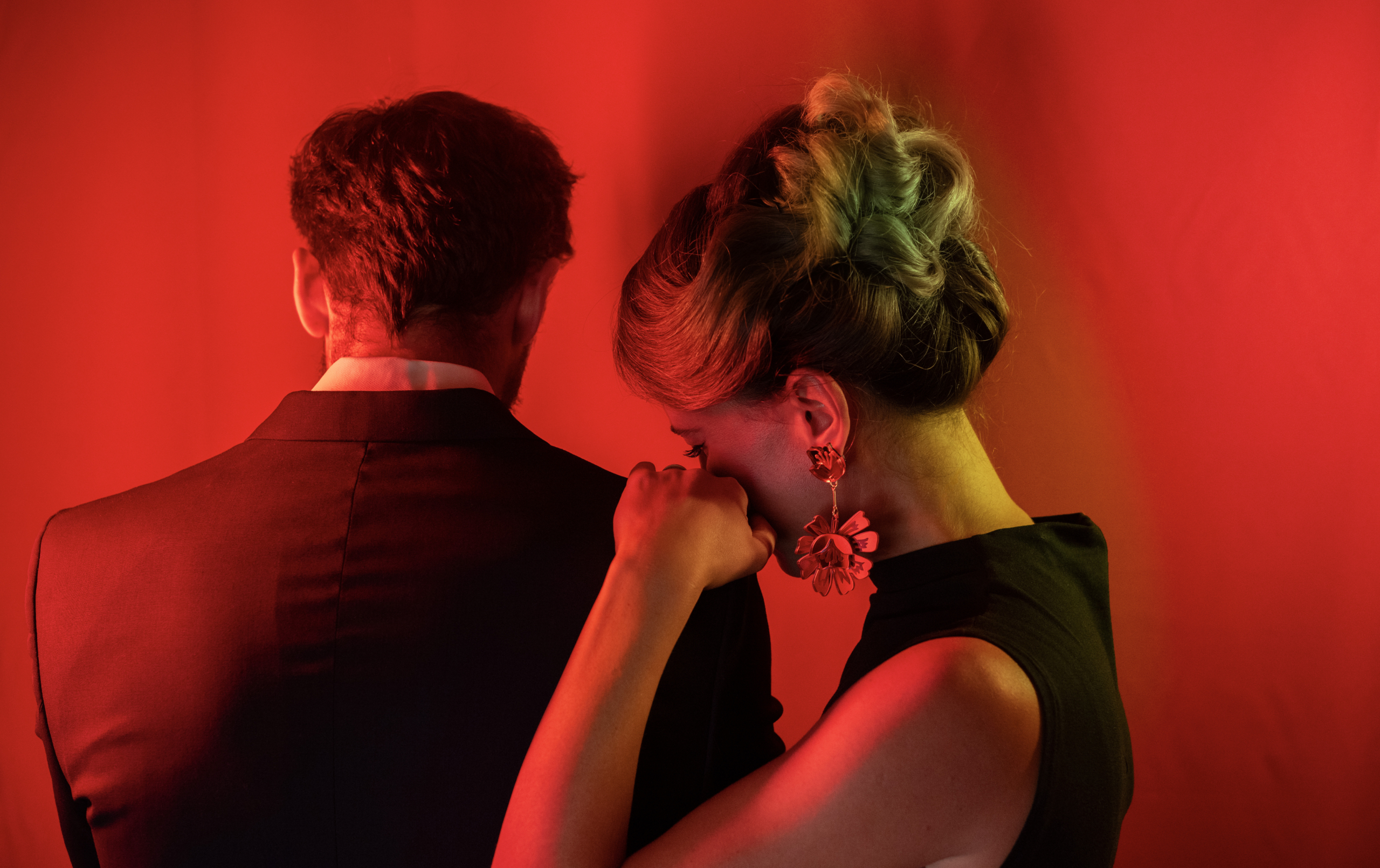
After two decades, Wong Kar-Wai’s masterpiece continues to make our skin crawl, scene by scene, shot by shot, with frames that look like canvases torn from a museum. Among the red curtains and beautiful patterned walls, to the sounds of Nat King Cole’s boleros and Umebayashi’s hypnotic waltz, here we are, in a Hong Kong guesthouse, mesmerised by the swagger of Mrs Chan and her collection of Chinese qipaos, crossing paths time and again with her neighbour, the exquisite Mr Chow, pretending to ignore each other while their passion swallows them up from the inside. She is always waiting for her husband. He to his wife. Over time, they discover that the two are having an affair and that is when they begin their particular complicit infidelity, first with glances, touching, occasional encounters and then in intimate dates that never end.
-
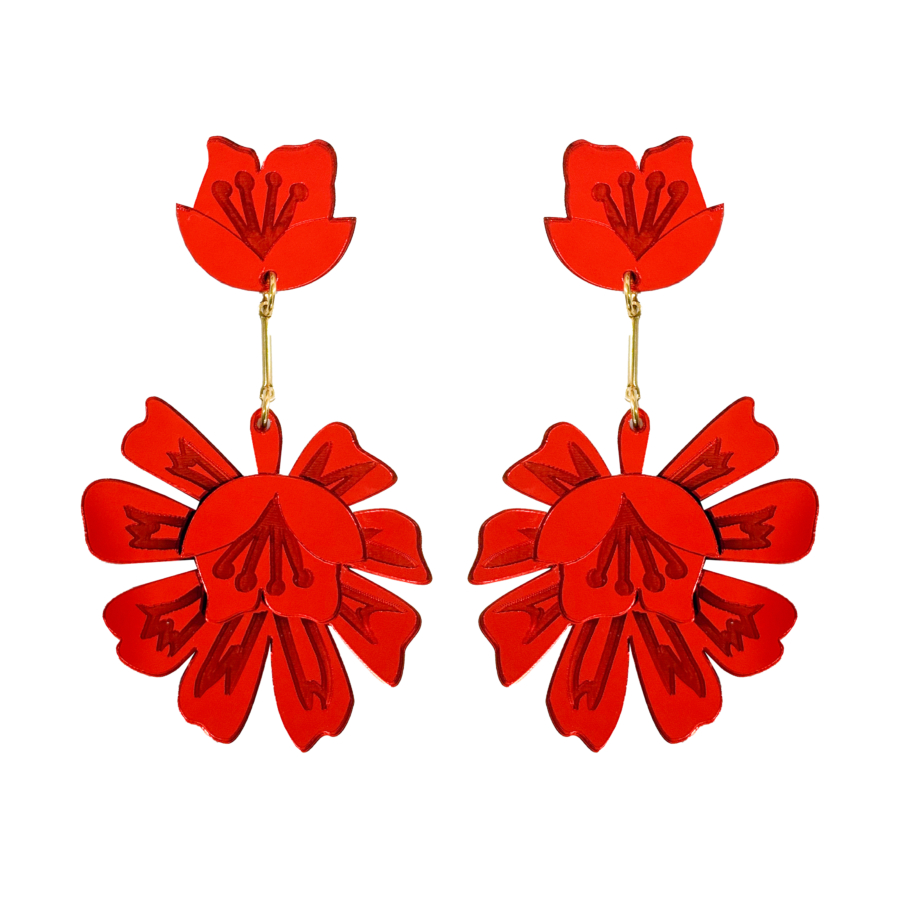
MRS CHAN
132,81 €MRS CHAN
132,81 € -
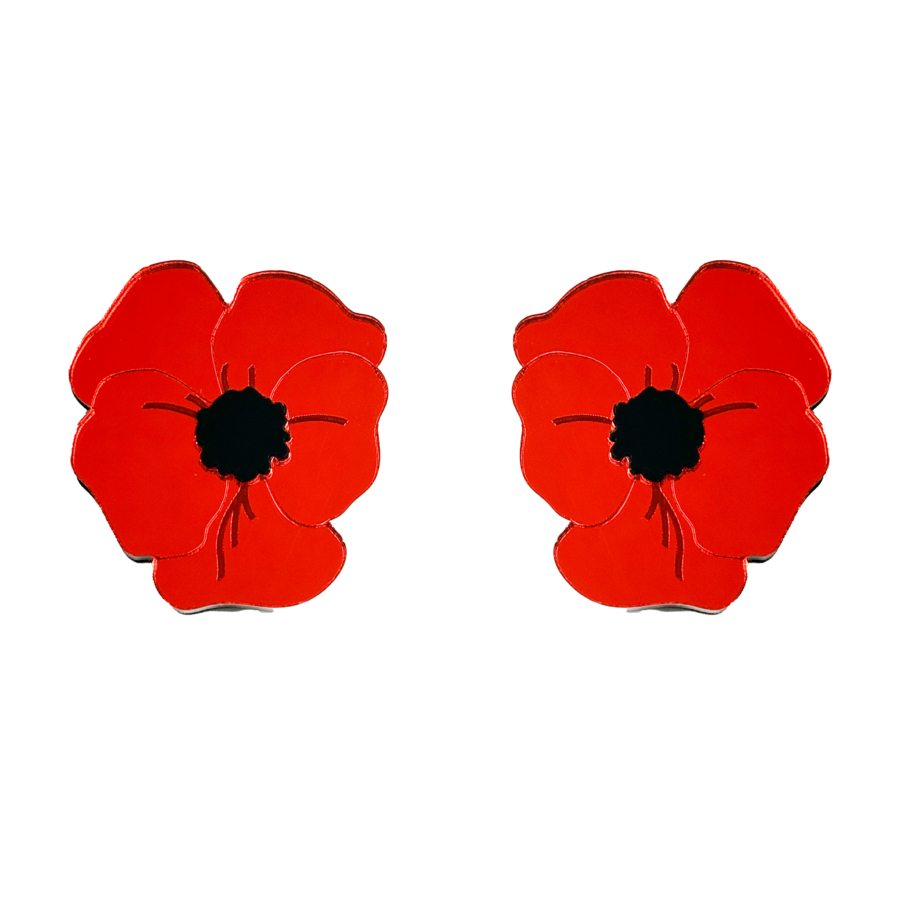
SINGAPORE
101,56 €SINGAPORE
101,56 € -
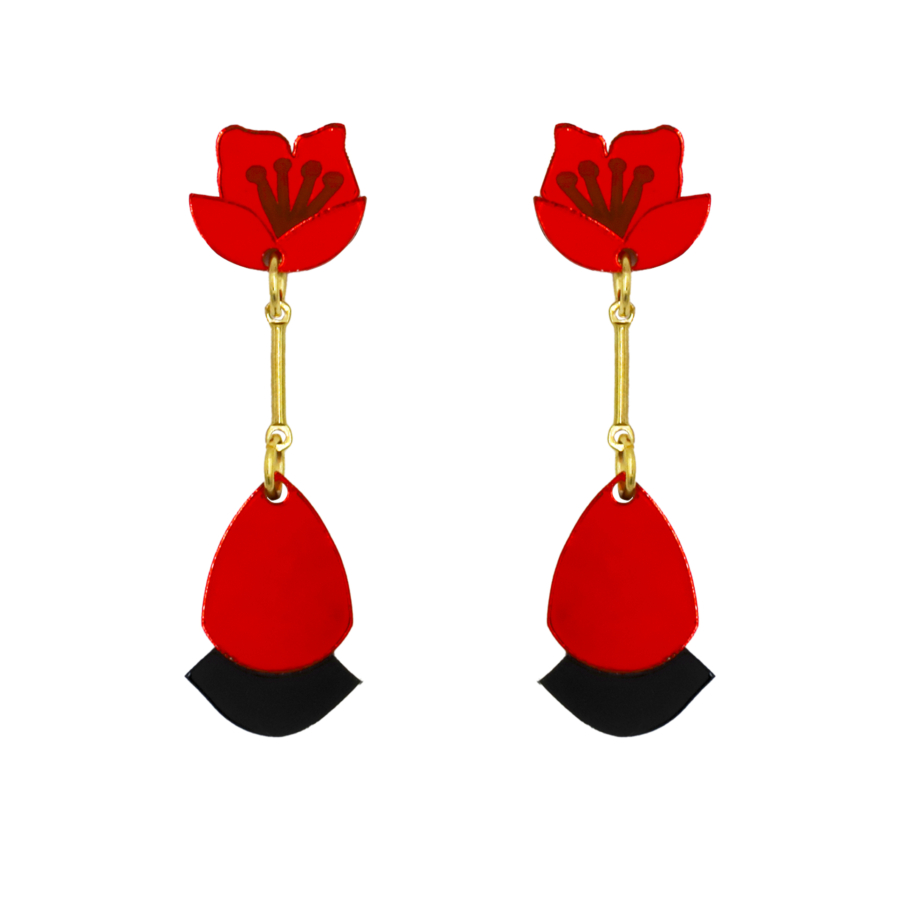
THE END
93,75 €THE END
93,75 €
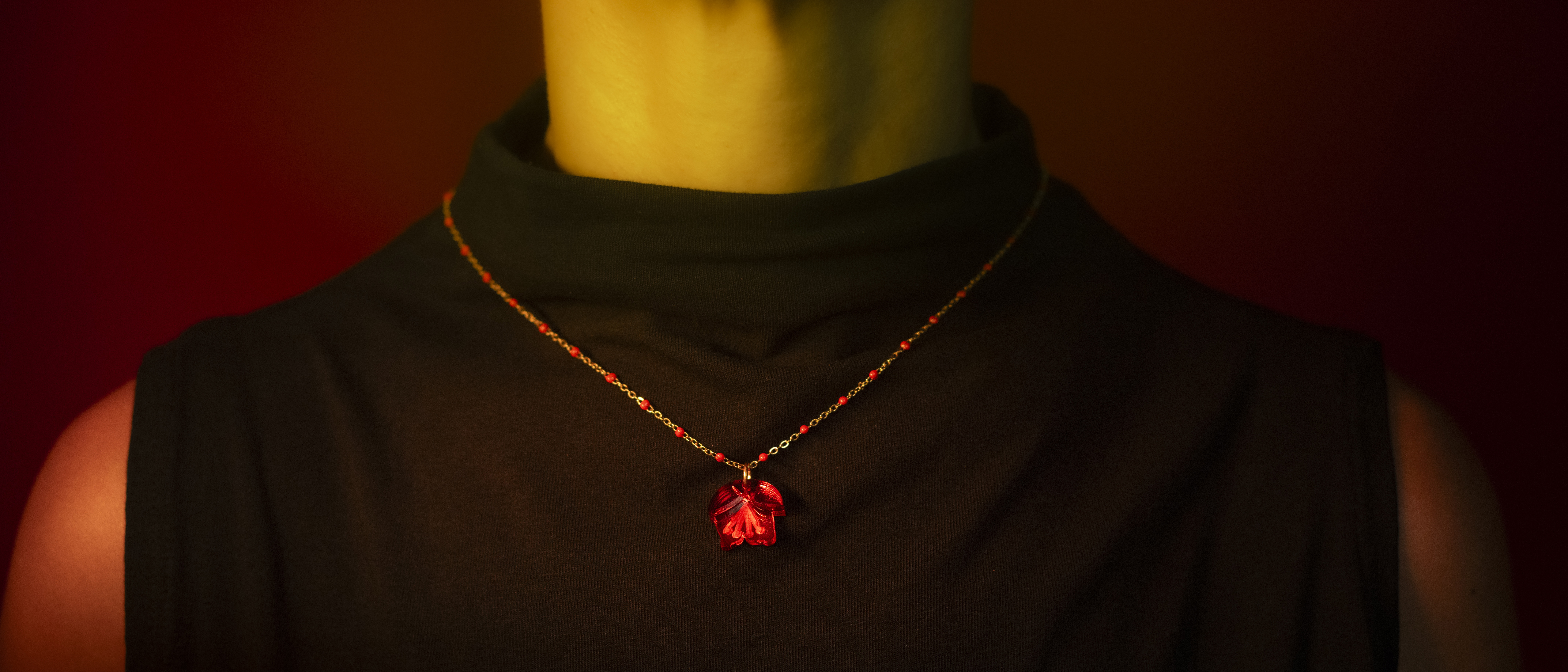
A slow elegy that flows through the bodies of the lovers and the spaces they inhabit.
-
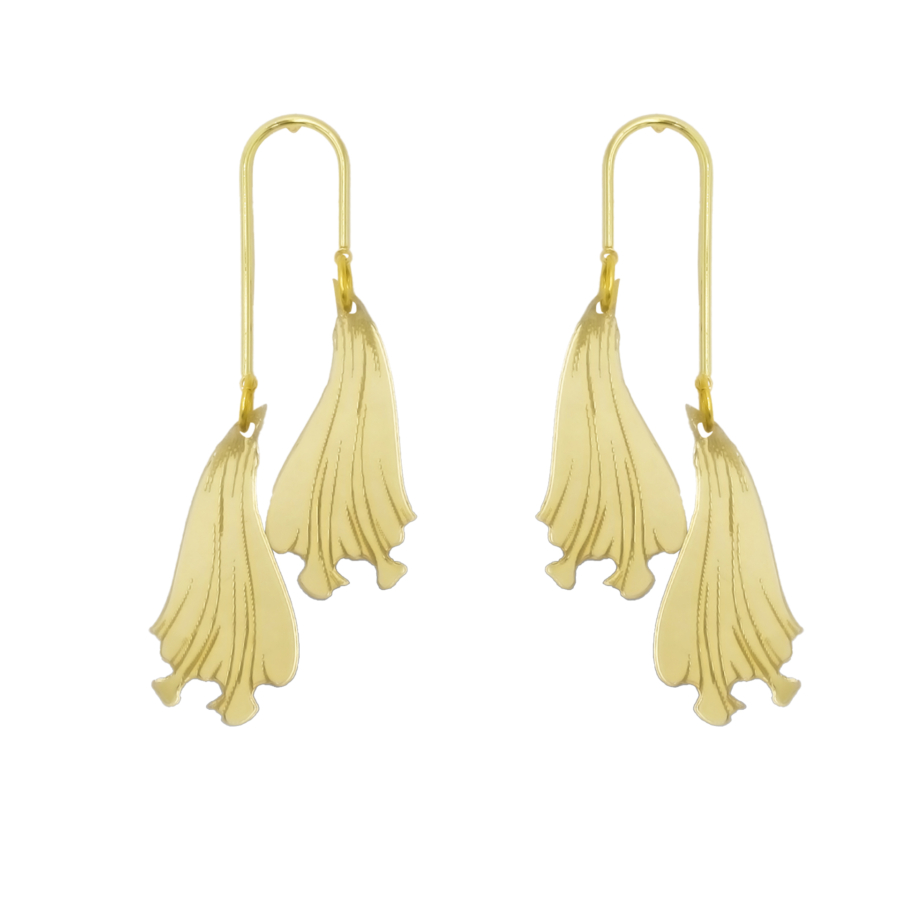
THE LONELINESS
117,19 €THE LONELINESS
117,19 €
The film only shows what is strictly necessary. We are in the realm of emptiness. Of absence. Of the unspoken word.
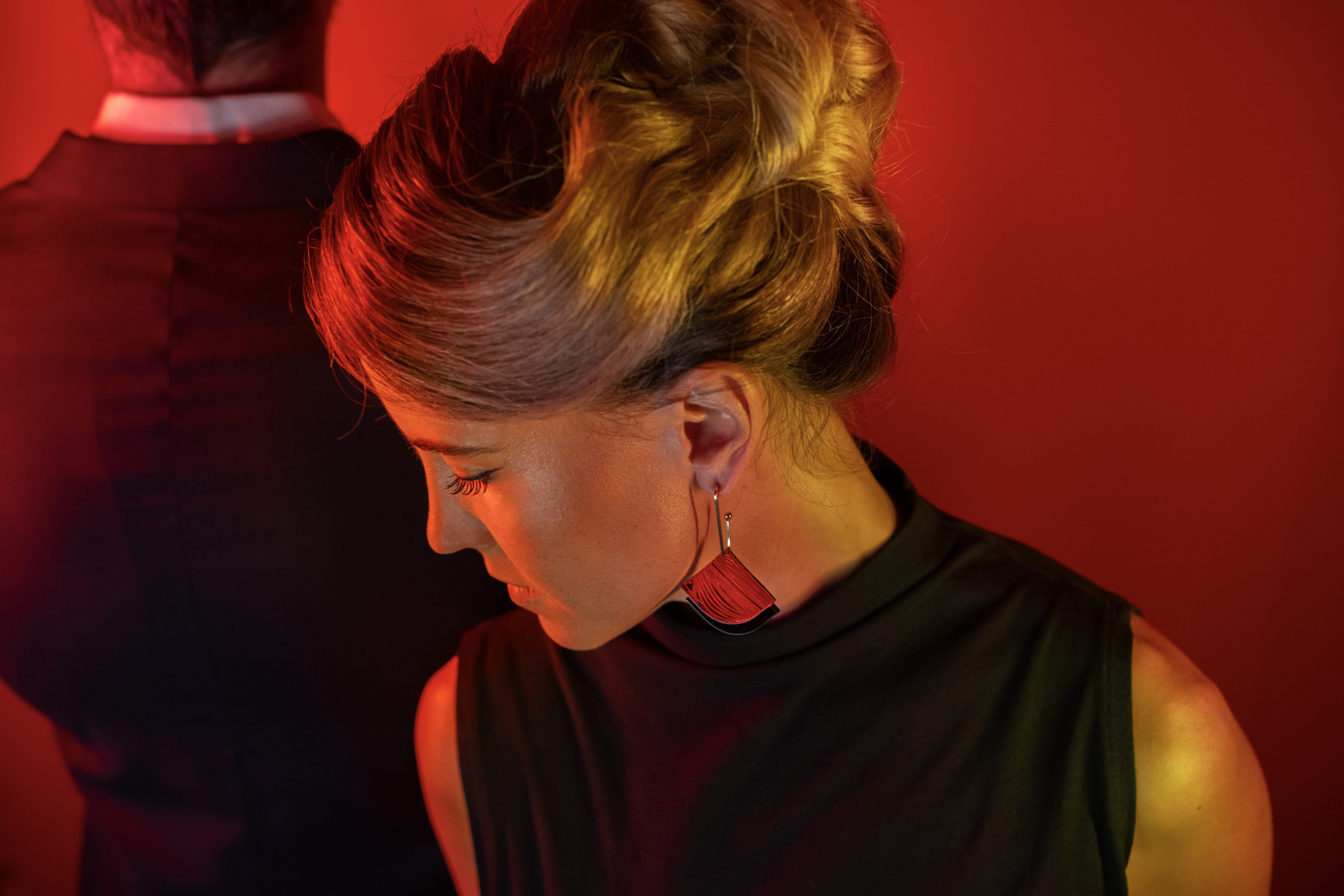
-
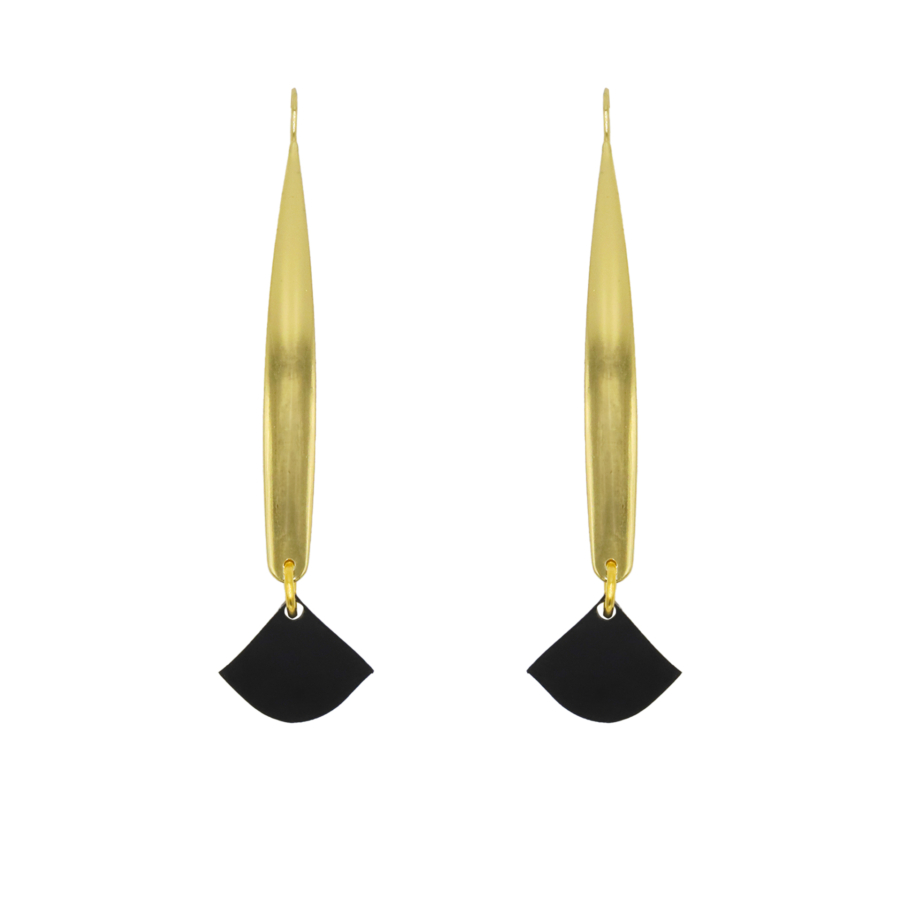
MAYBE
93,75 €MAYBE
93,75 € -
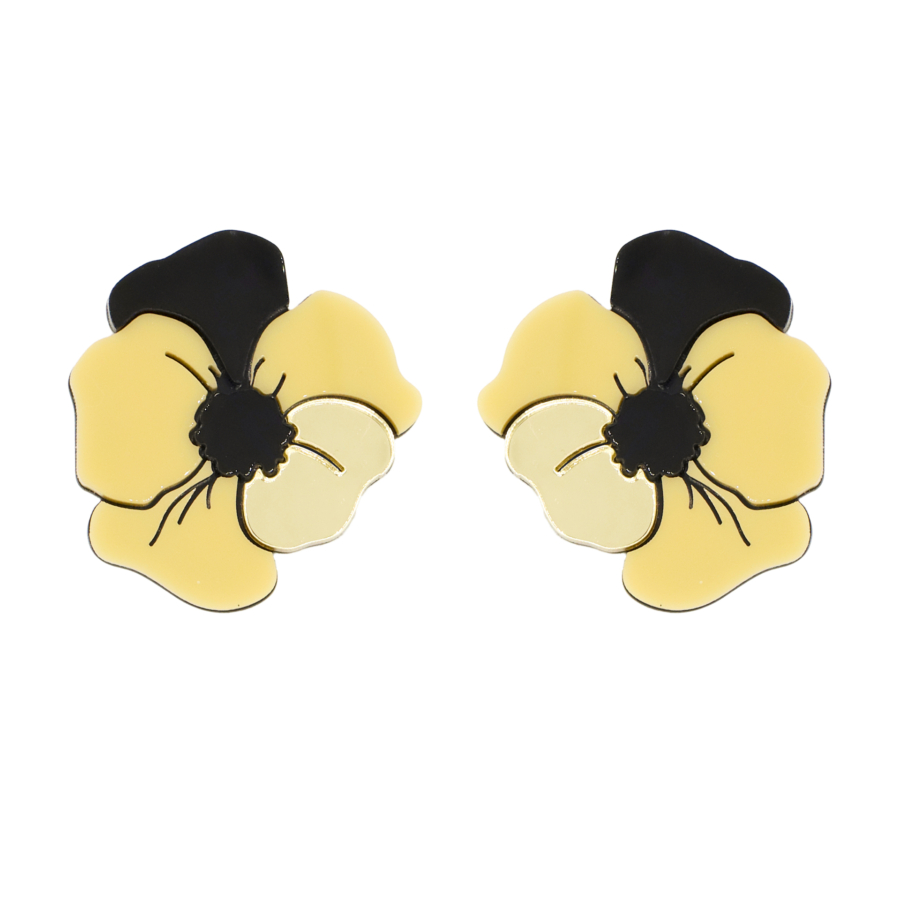
HONG KONG
101,56 €HONG KONG
101,56 € -
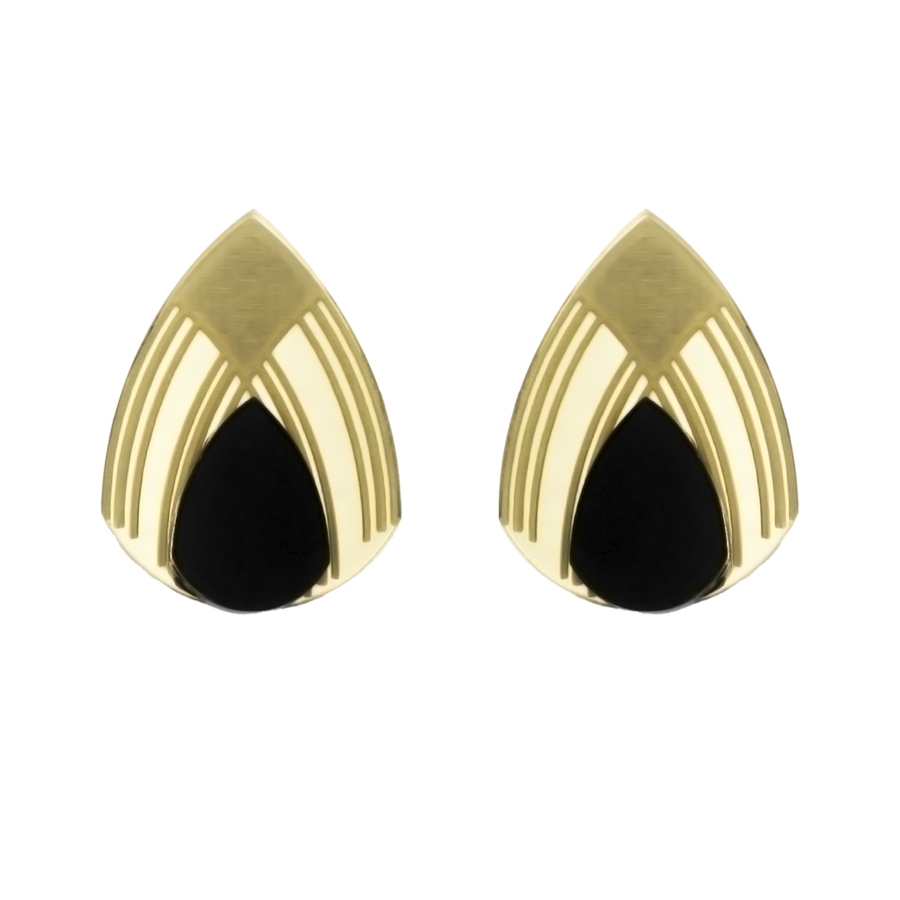
HIDDEN
78,13 €HIDDEN
78,13 €
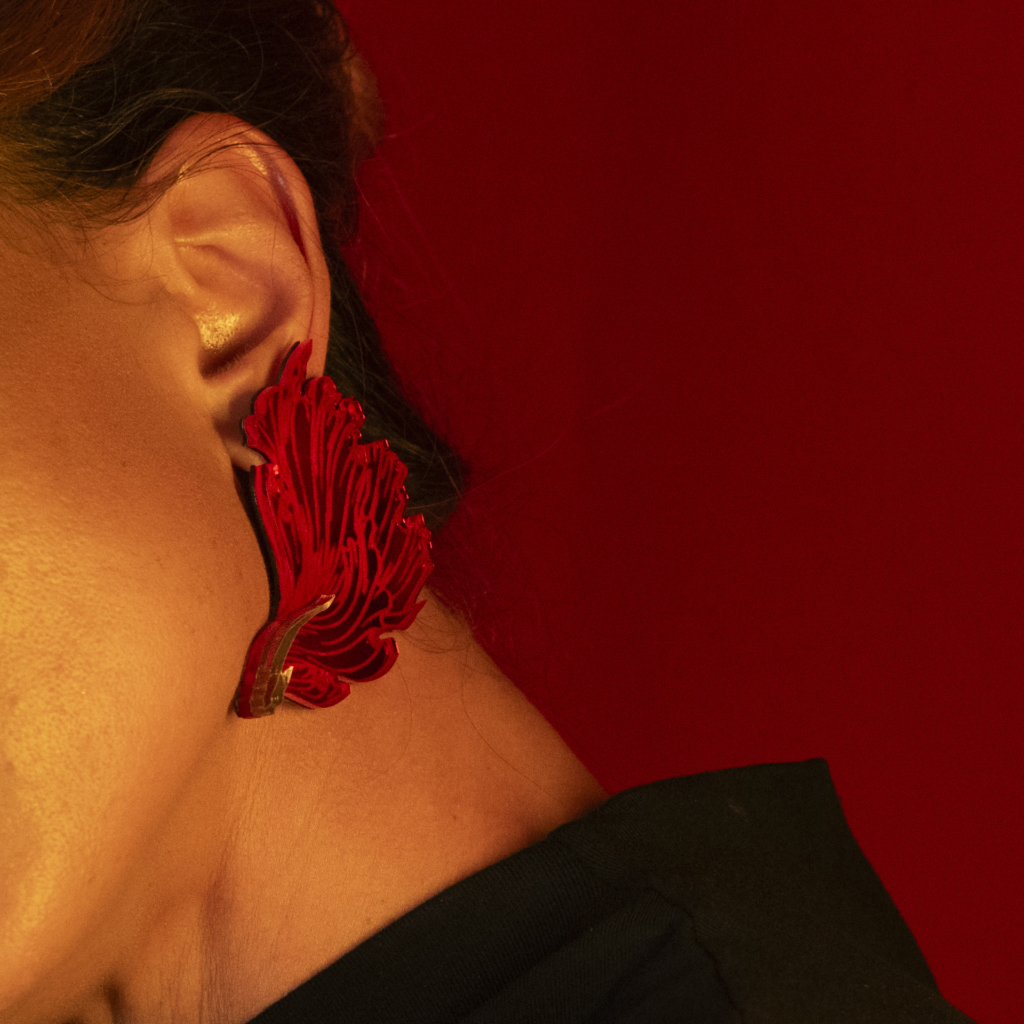
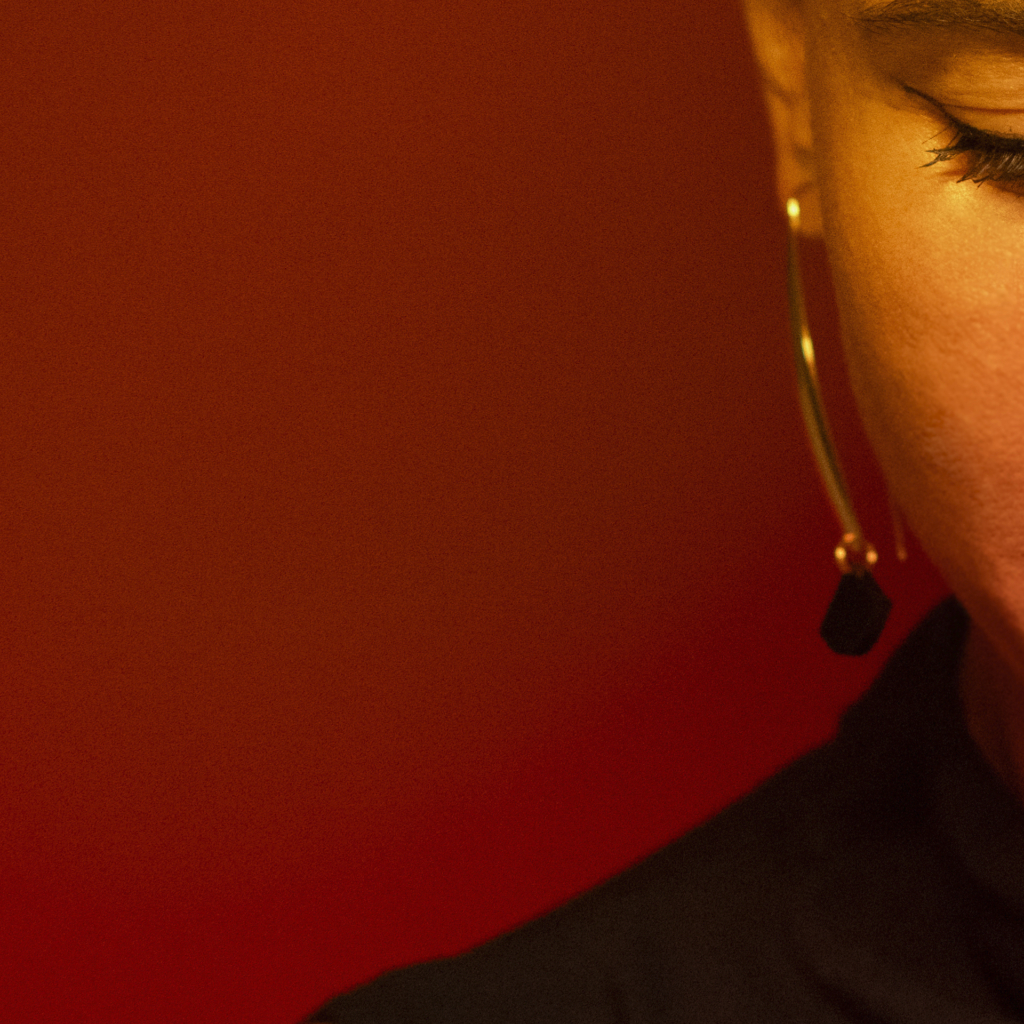
Welcome to In the Mood for Love, an enchanted ritual where nothing advances directly or is said openly; where each mirror or window, each alley imprisons and condemns its characters to turn over the same places, to repeat the same routines in a kind of eternal standstill, like the rehearsal of a staging that will never be performed a thousand times over. The dialogue is almost non-existent. Words are preserved. The plot flows freely through the bodies of the lovers and the spaces they inhabit: seemingly trivial gestures, such as the lighting of a cigarette or the movement of a hand on an arm, become memorable moments. A dreamlike atmosphere sweeps throughout the sets, with reds and blacks spilling out of the rooms, from the velvet bedspread to the lamp on the bedside table; greens scattering over aged, wallpapered walls; screens and porcelain vases blurring amid spectral reflections.
-
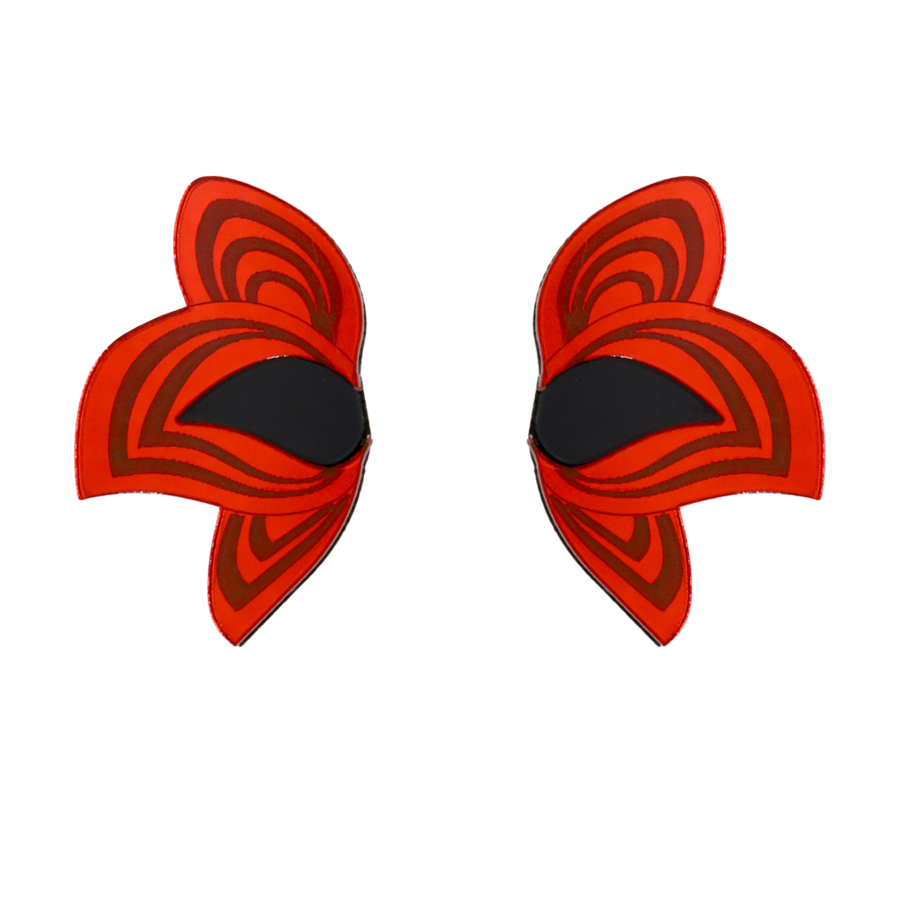
QIPAO
78,13 €QIPAO
78,13 € -
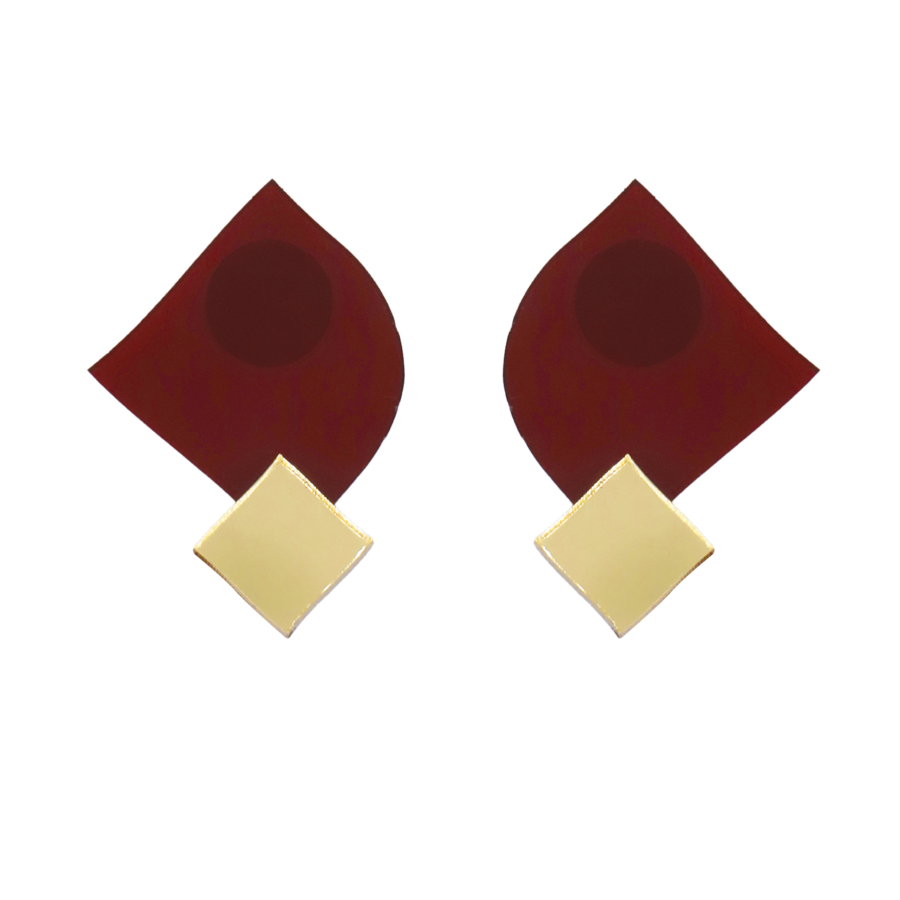
JIGSAW PUZZLES
78,13 €JIGSAW PUZZLES
78,13 € -
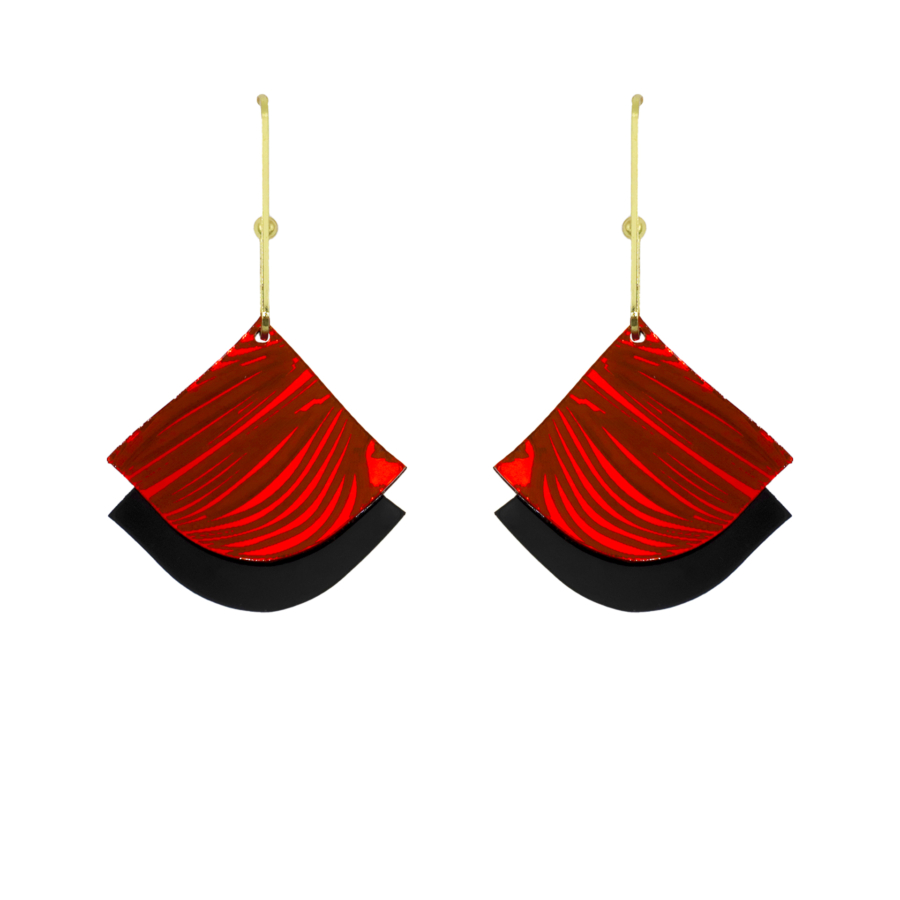
MR CHOW
101,56 €MR CHOW
101,56 € -
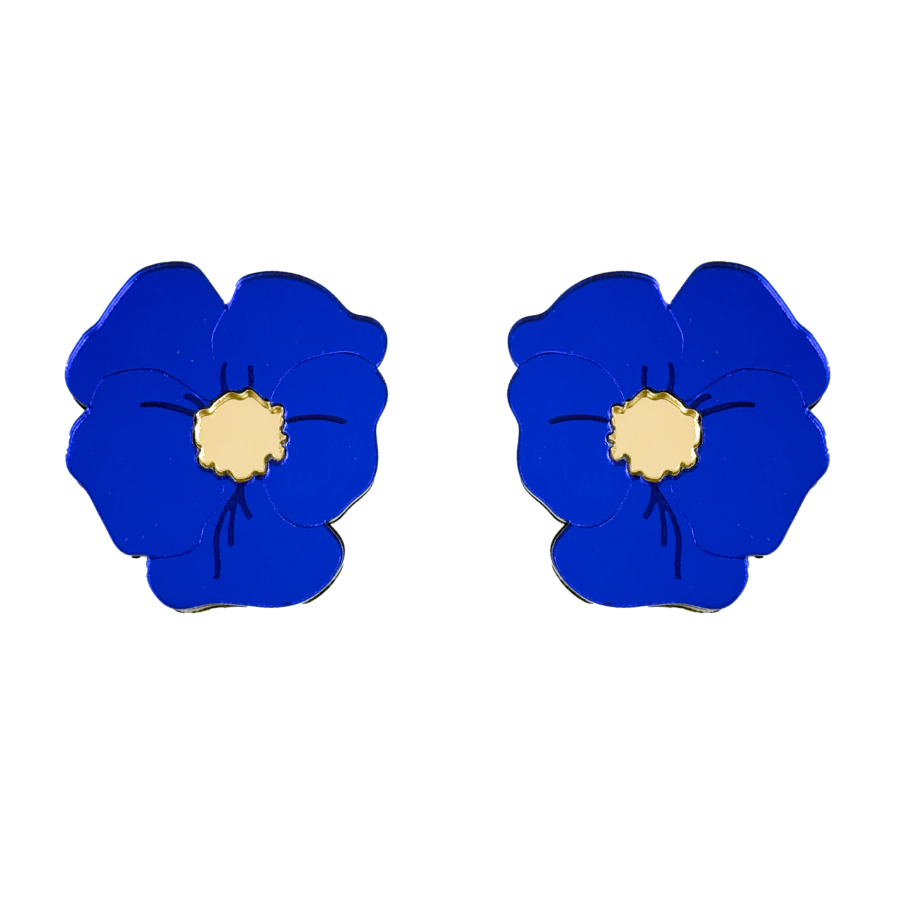
CAMBODIA
101,56 €CAMBODIA
101,56 € -
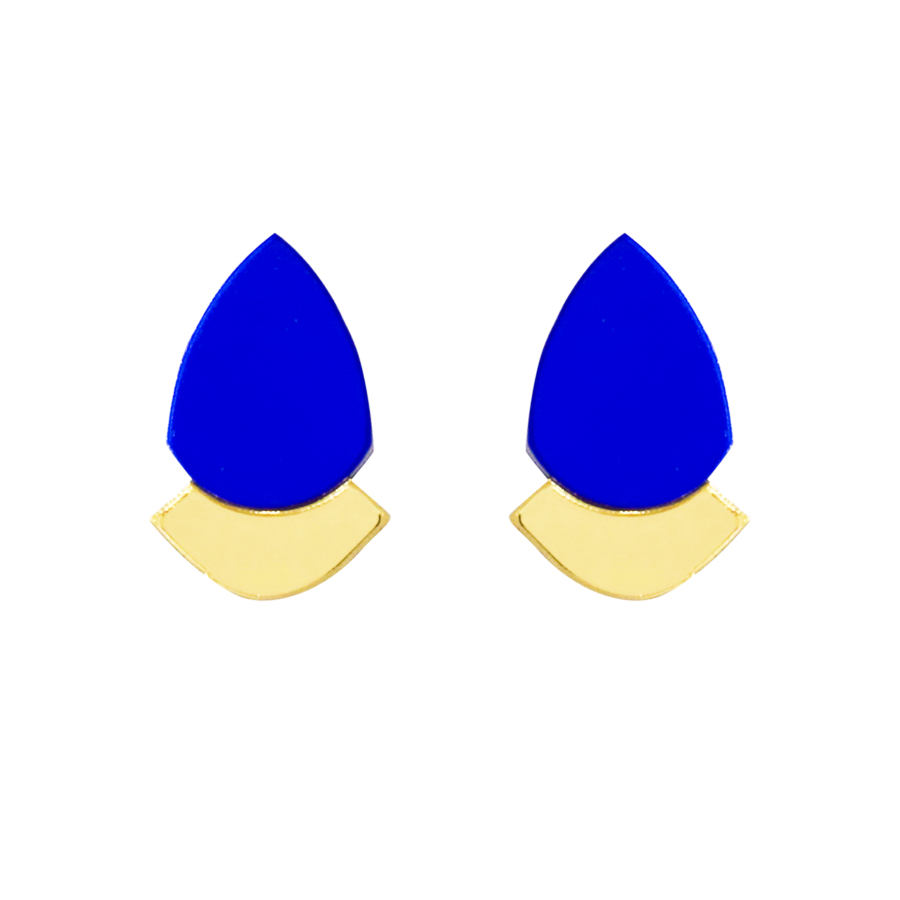
RUMOURS
62,50 €RUMOURS
62,50 €
The images give texture to the intangible, they make the feelings of the protagonists visible.
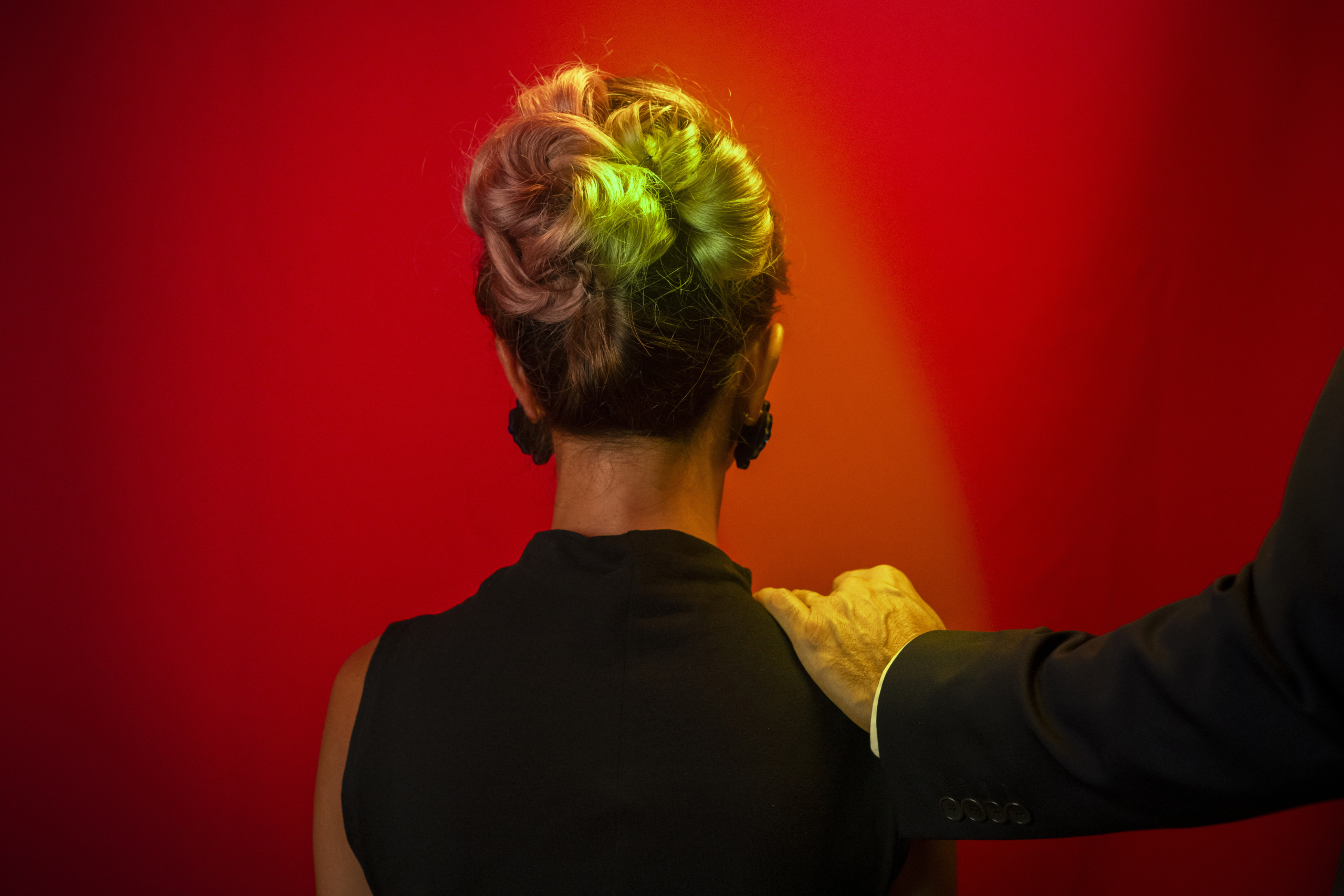
-
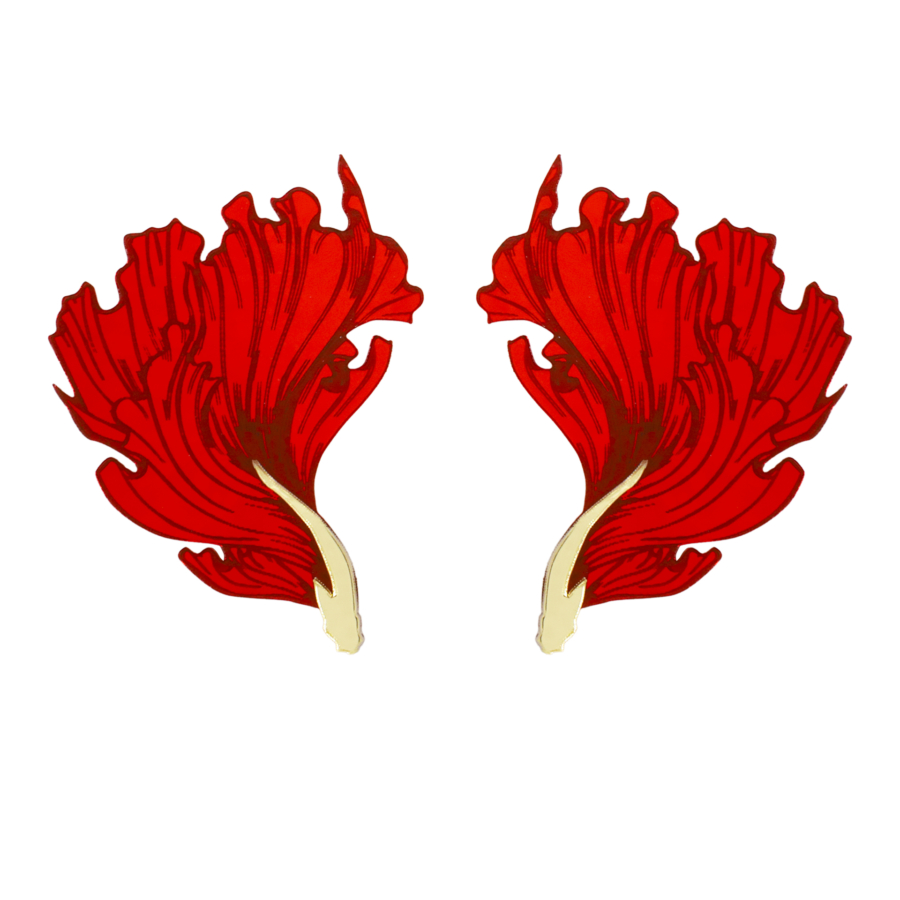
THE DESIRE
117,19 €THE DESIRE
117,19 € -
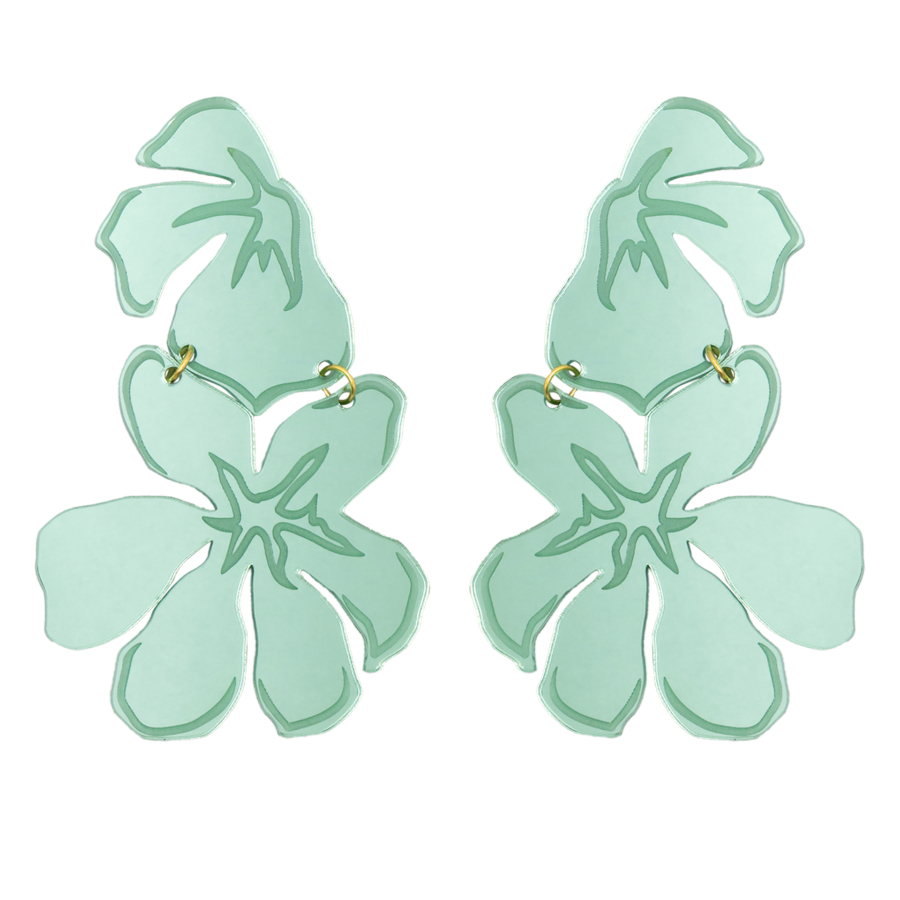
MRS CHOW
148,44 €MRS CHOW
148,44 €
-
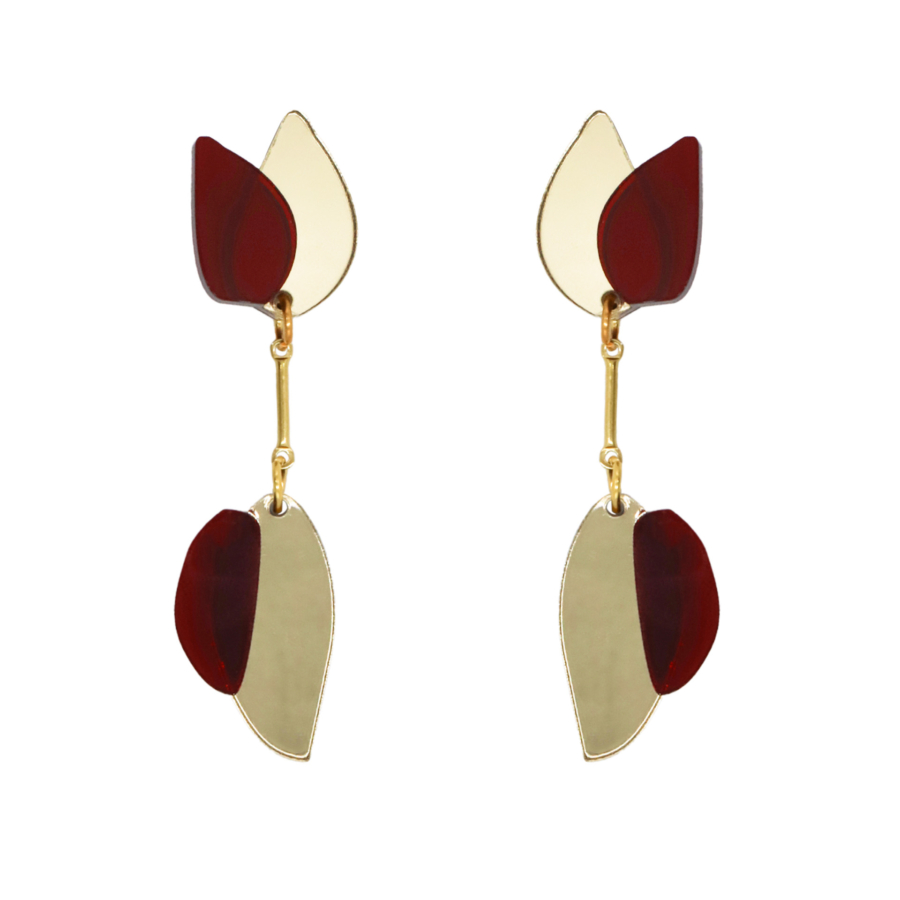
COUPLES
101,56 €COUPLES
101,56 € -
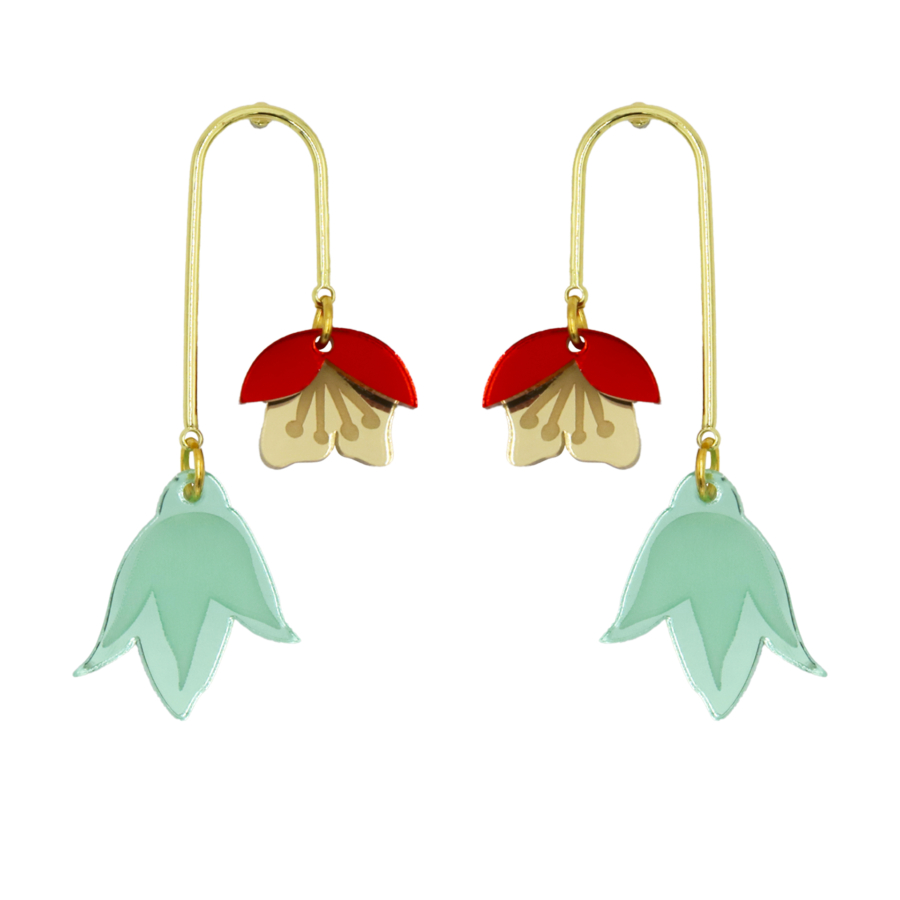
THE ROOM
Sold OutTHE ROOM
Sold Out
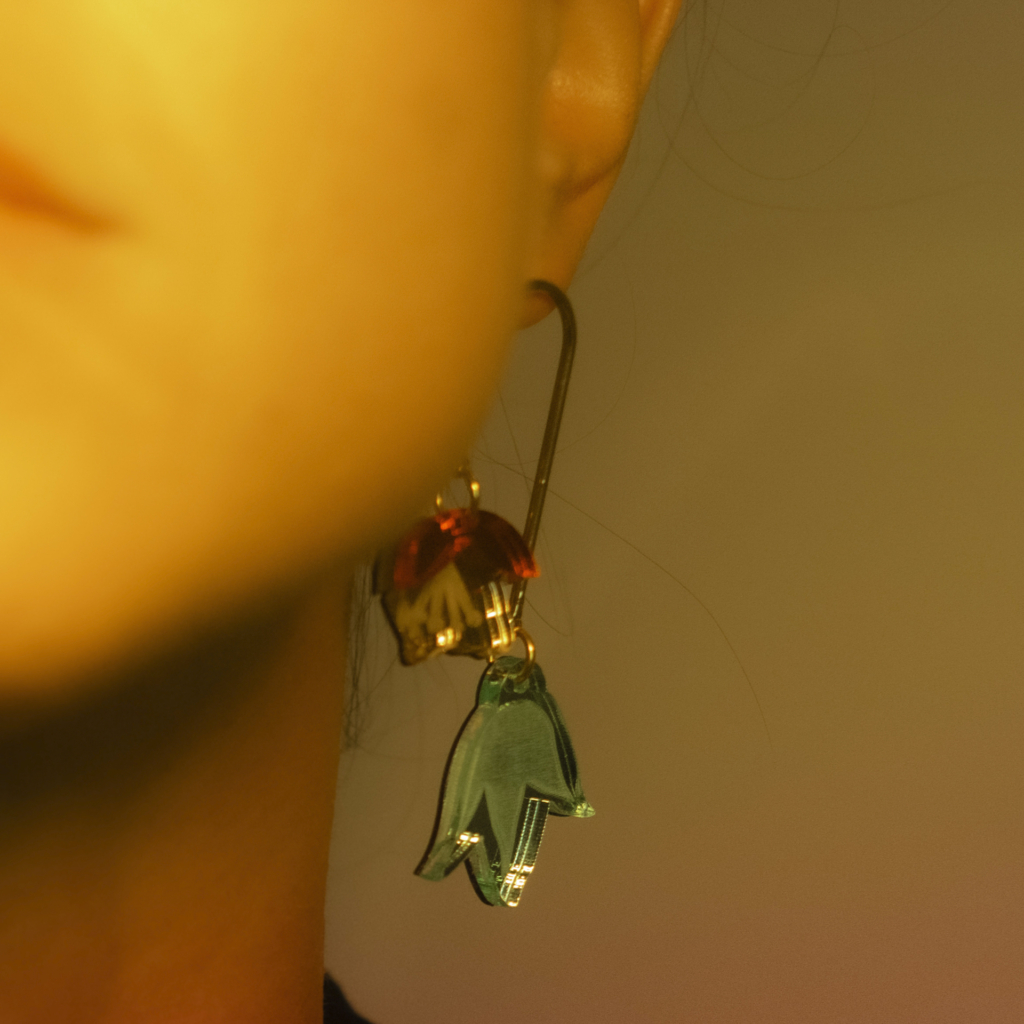
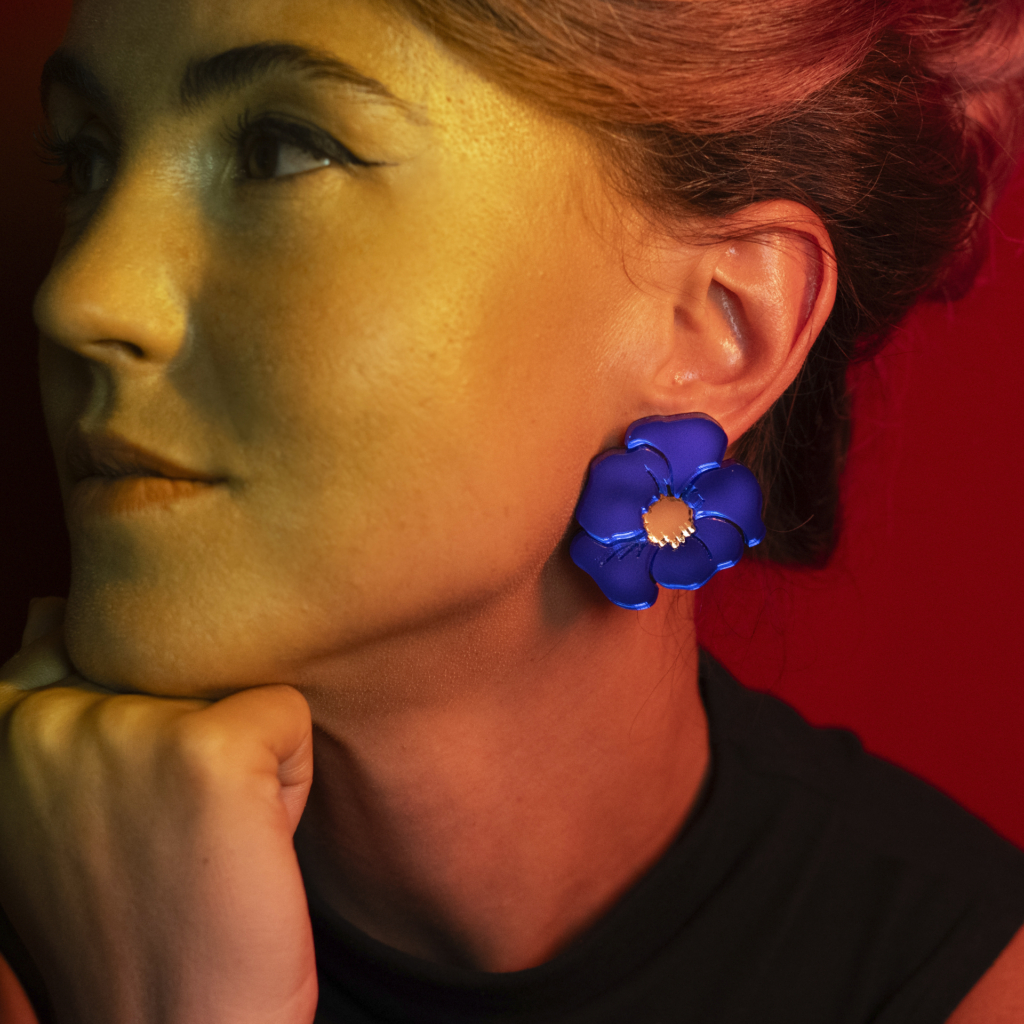
The images seek to fix the evanescent, to give texture to the intangible, seeking to make feelings visible with flashes and glints, patches of light and colour, frozen effects of acceleration and unstable framing, capturing faces, movements, gestures. And yet, this is the realm of absence. Of the painful resignation. Thus, the uncertainty is prolonged, the meeting never takes place and the relationship twists and turns until it dies in the memory.
-
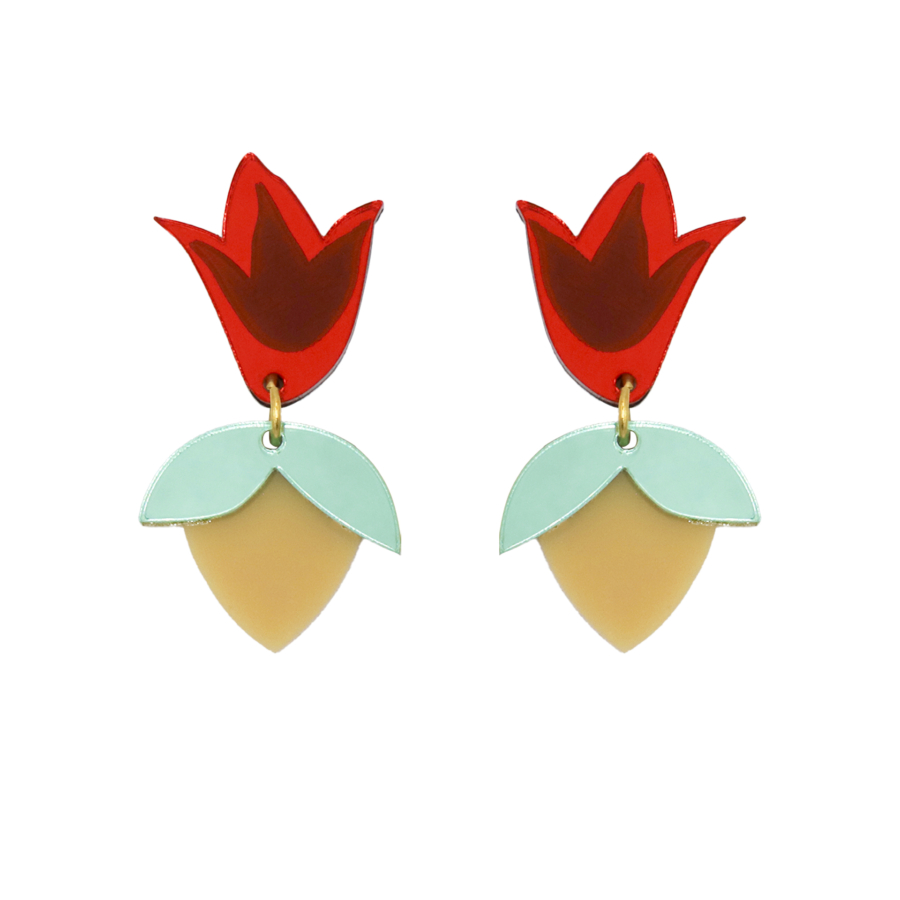
INTERIORS
85,94 €INTERIORS
85,94 € -
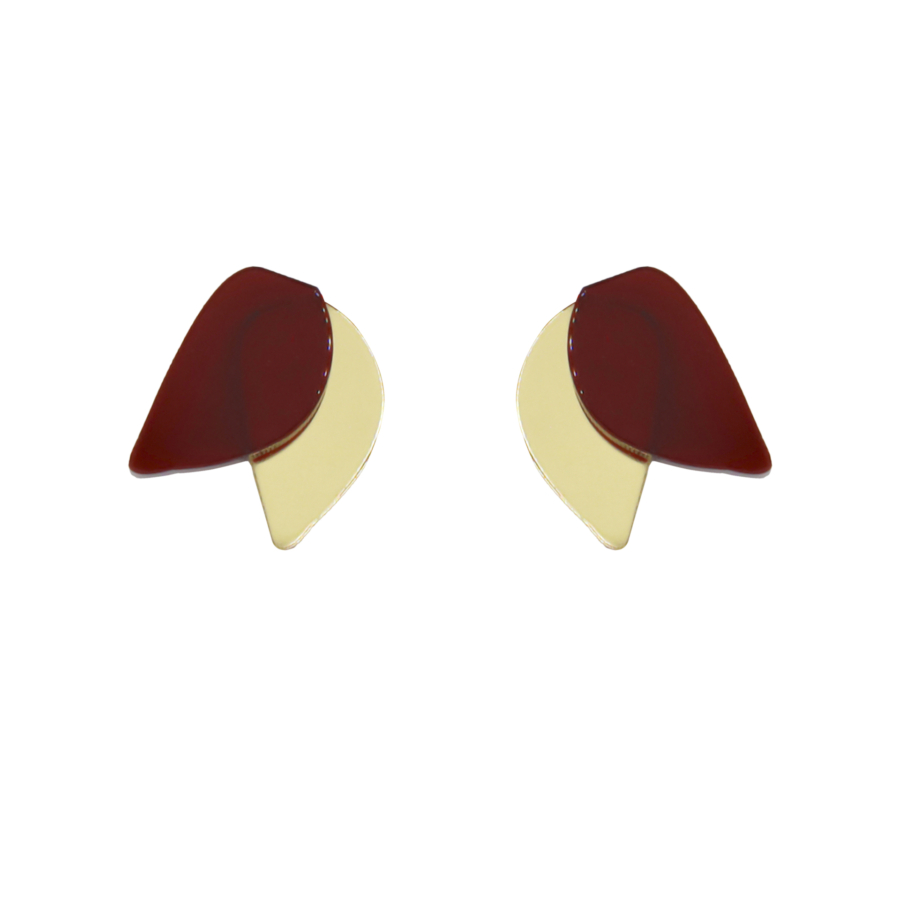
THE SECRET
62,50 €THE SECRET
62,50 € -
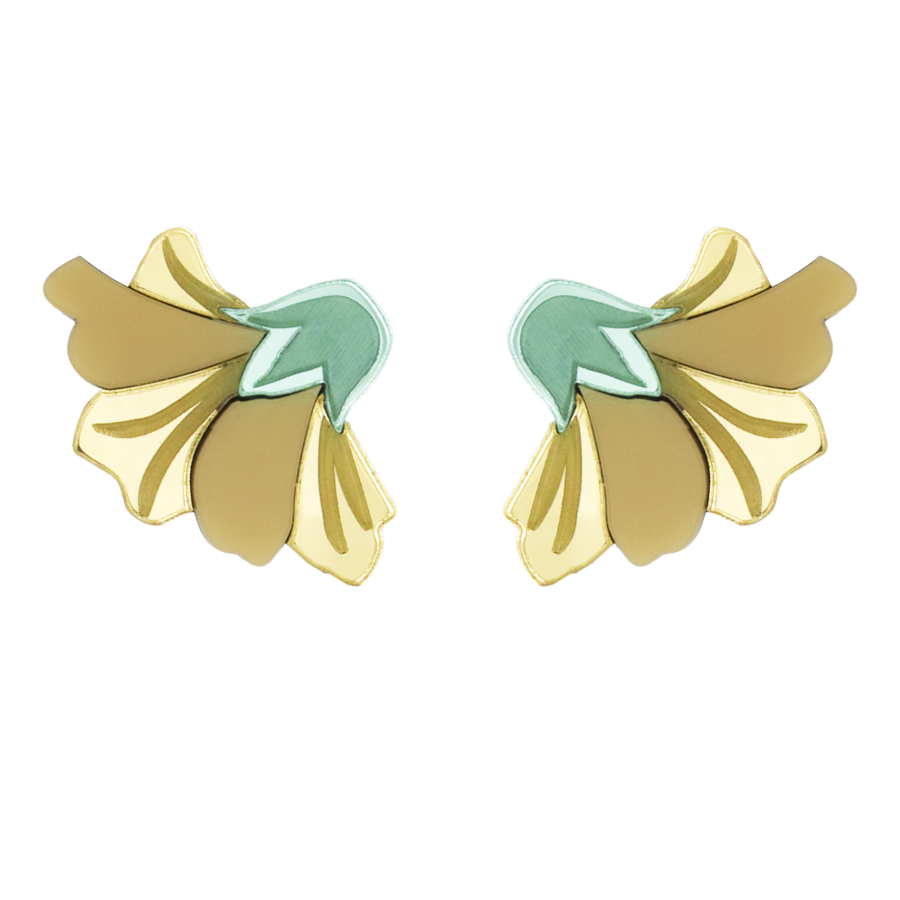
FA YEUNG NIN WA
78,13 €FA YEUNG NIN WA
78,13 €
Love will be impossible: only the memory of what could have been and was not will remain.
-
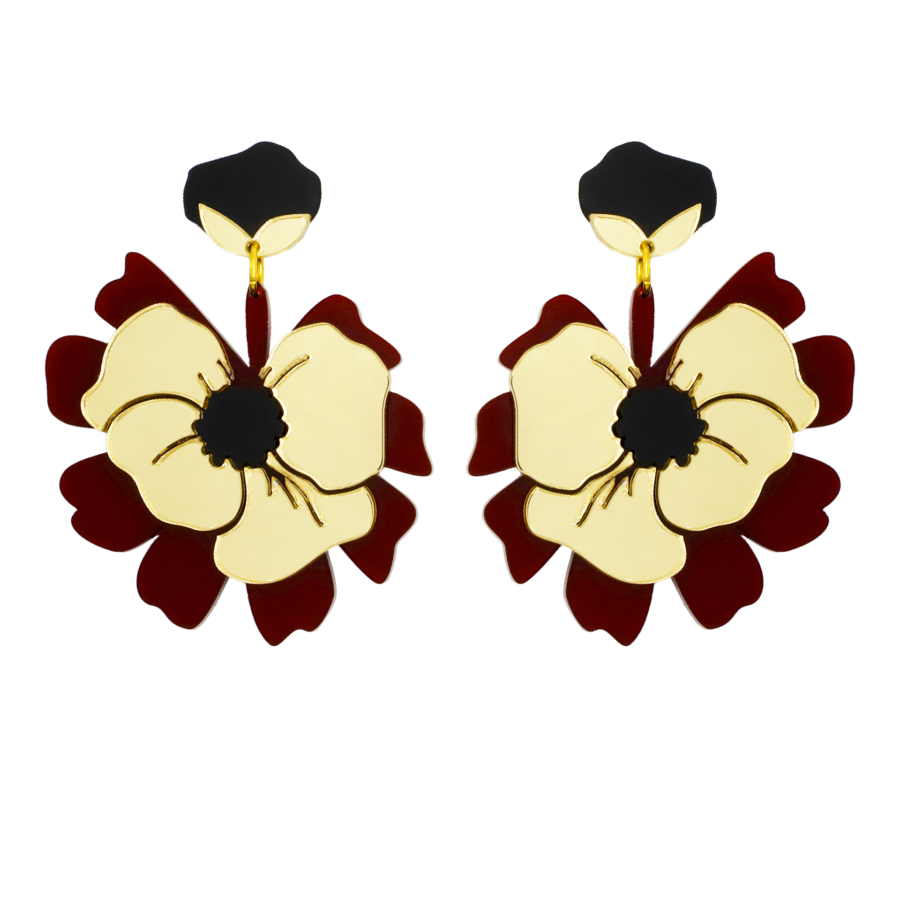
COMPLICES
125,00 €COMPLICES
125,00 € -
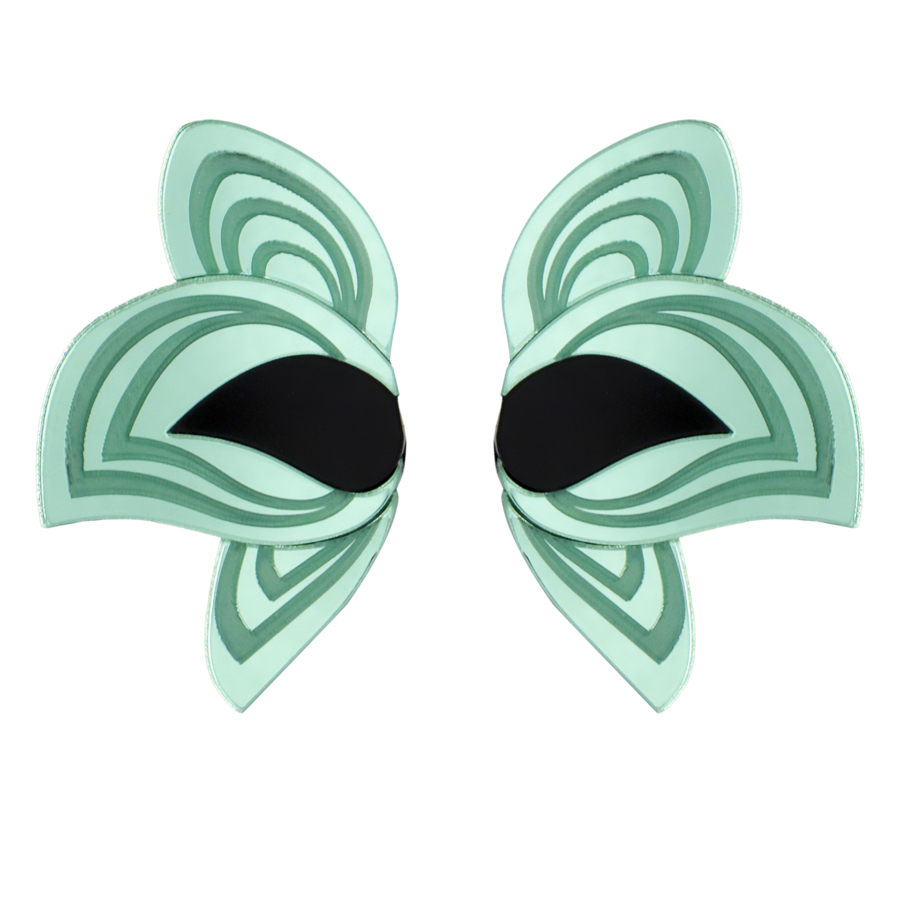
GREEN EYES
101,56 €GREEN EYES
101,56 €
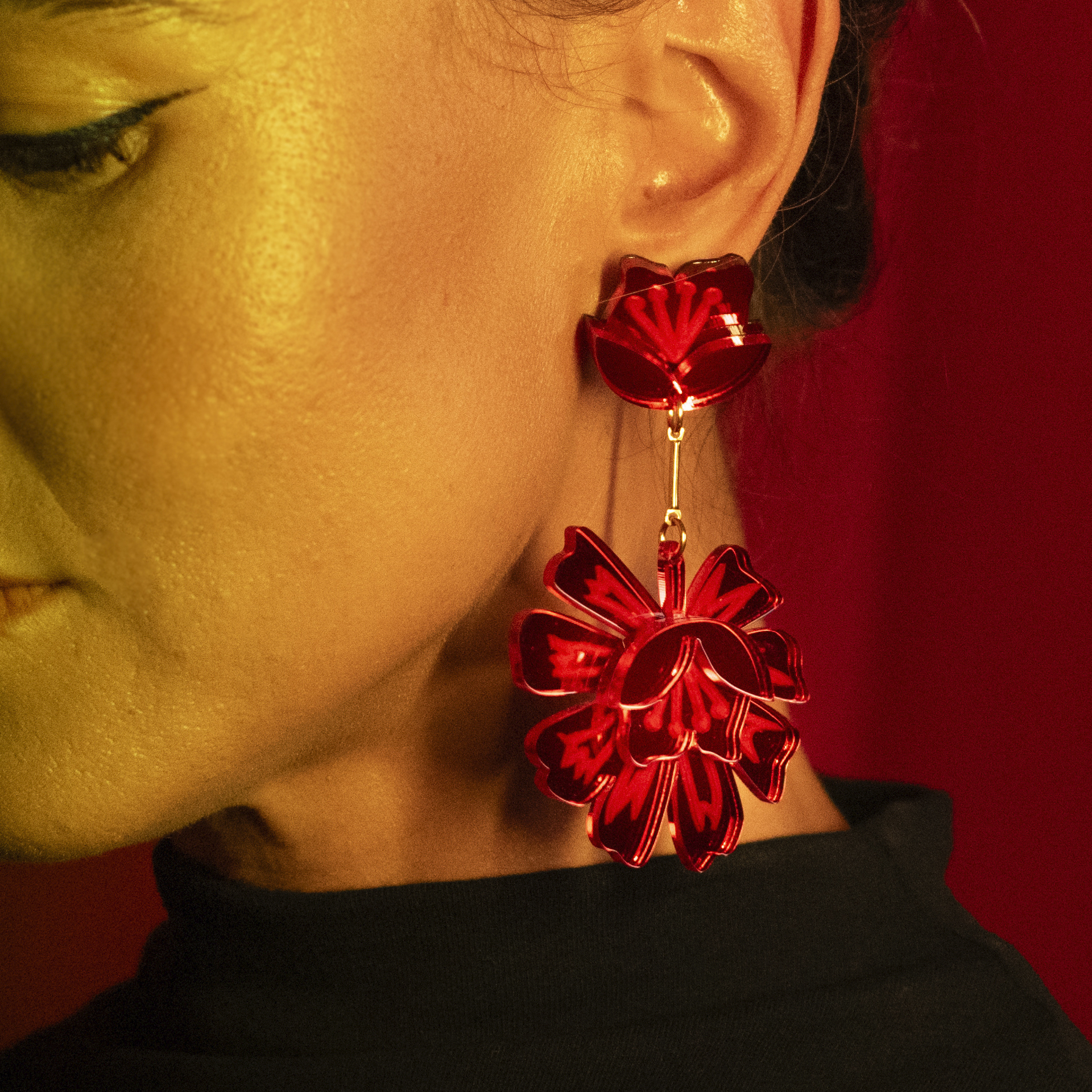
Those times are long gone. Everything that was there then disappeared, declares a sign in the final moments. All that remains then is the memory of what could have been and what was not. Something stuck in the void of existence. That only lives on in the hearts of its protagonists and, from this moment on, in our new collection.
-
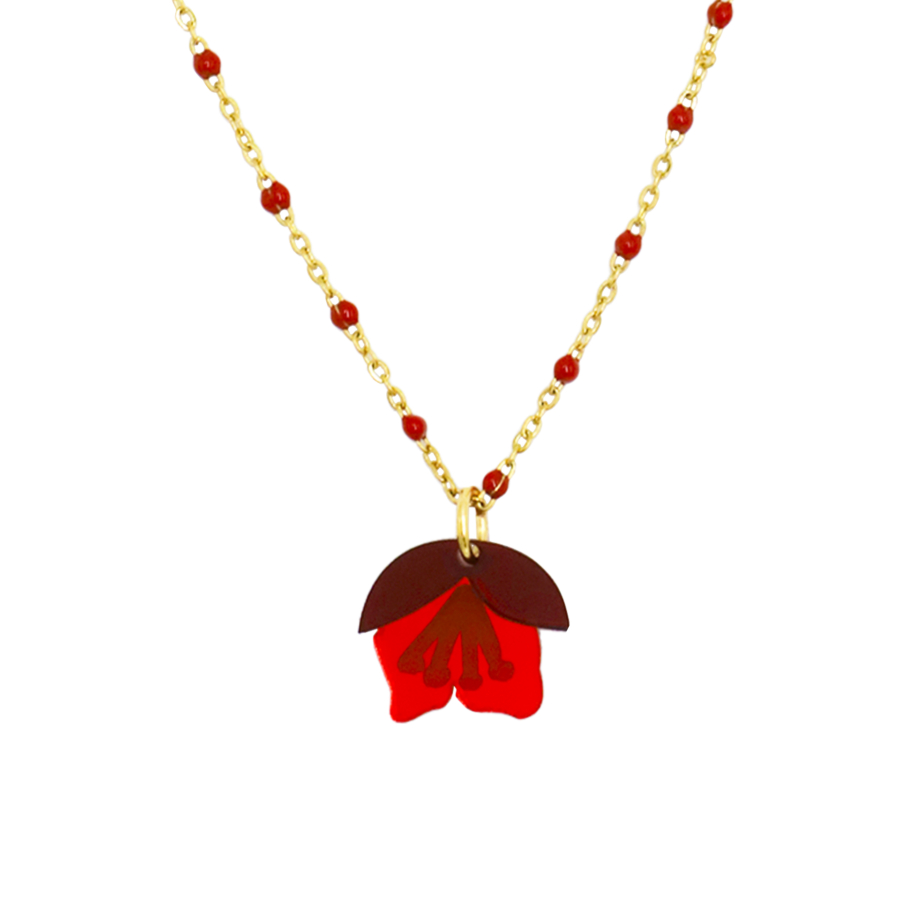
NOSTALGIA
Sold OutNOSTALGIA
Sold Out
